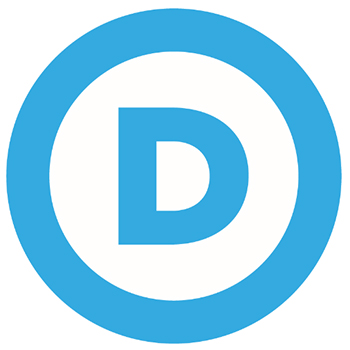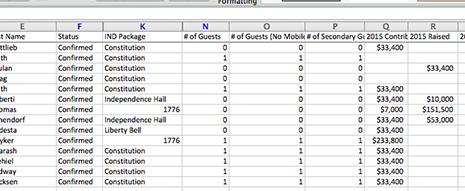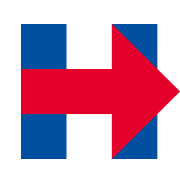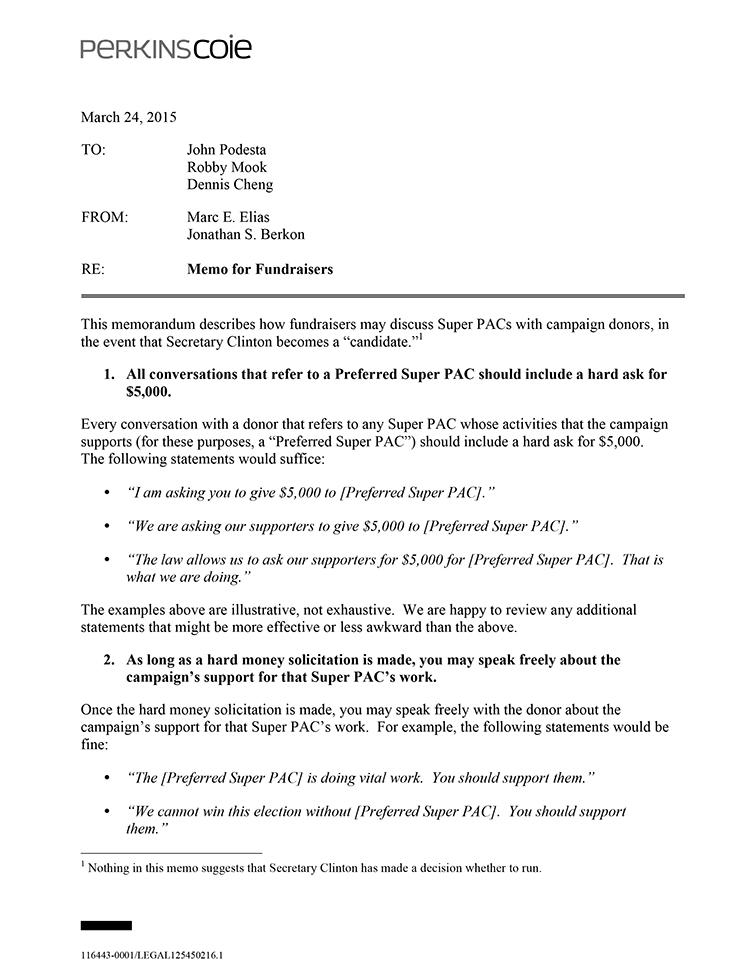DNC Financial Records Stolen By "Guccifer 2.0"
Hacker swiped personal info on thousands

JUNE 17--Though the Democratic National Committee contends that no financial, donor, or personal information was stolen during the breach of its computer networks, that claim is belied by an  assortment of internal party documents provided to TSG by “Guccifer 2.0,” the vandal who has claimed credit for the hacking.
assortment of internal party documents provided to TSG by “Guccifer 2.0,” the vandal who has claimed credit for the hacking.
The hacker forwarded an assortment of Excel spreadsheets containing the names, e-mail addresses, occupations, and phone numbers of thousands of individuals, many of whom are listed as Democratic donors.
According to metadata embedded in the spreadsheets, the documents were created by various Democratic Congressional Campaign Committee staffers.
The pilfered records include entries as recent as April, proof that “Guccifer 2.0” was recently rooting around in the DNC’s system. The hacker has ignored TSG questions about why the DNC was targeted (or whether the incursion was a Russian intelligence operation, as suspected by a security firm hired by the Democratic party).
In e-mails, the hacker wrote of possessing “lot of docs that I don't have time to study” and declared, “Fuck all the illuminati and rich clans which try to rule the governments.”
Along with recording contributions from financiers, lobbyists, and other major donors, the spreadsheets include detailed records of funds being provided to the party by elected officials (and whether the DNC is meeting its monthly goals).
One spreadsheet tracks the big donors who have shelled out for expensive “packages” connected to next month’s Democratic National Convention. With the party convening in Philadelphia, the “packages” carry names like “Liberty Bell,” “1776,” “Independence Hall,” and “Constitution.” But not all “packages” carry Philly-centric branding: Former congressman Richard Gephardt, now a lobbyist, has opted for the “Pelosi 150.”

The convention spreadsheet includes a section containing notes on the hotel and credential requirements of certain large donors and members of Congress. For example, the document notes that a wealthy businessman “wants a suite. He was very adamant on this,” while Rep. Steny Hoyer needed “5 tier 1 hotel rooms, 5 tier 2 rooms. Credentials: 4 floor passes, 12 honored, 10 special.”
The documents provided by “Guccifer 2.0” also include internal memos from the Hillary Clinton campaign, as well as its predecessor group, Ready for Hillary.
In a 2015 document, a branding expert recruited by the Clinton campaign advised that the candidate needed to employ “new authentic language that gets personal.” The memo notes that, “HRC...must move from Policy and Political to Personal and Purpose driven,” adding that the pivot represents the “start of the new ‘Personal and Purpose Driven’ phase of our messaging.” The document then lists an assortment of suggested speech passages.
One Hillary for America memo is addressed to Bill Clinton and includes a list of scheduling requests for the ex-president. The “asks” included Clinton’s appearance at rallies, church visits, and media interviews, as well as private dinners with top union officials and personal phone calls to various Democratic officeholders.
In a memo drafted two weeks before Clinton announced her presidential candidacy, Marc Elias, Hillary for America’s general counsel, described the ways in which Clinton fundraisers were allowed  to discuss super PACs with campaign donors.
to discuss super PACs with campaign donors.
The March 24, 2015 memo was addressed to campaign chairman John Podesta, campaign manager Robby Mook, and campaign finance director Dennis Cheng.
In addition to noting that all conversations referring to a “preferred Super PAC” should include a “hard ask for $5000,” the Elias memo offers carefully scripted lines for staffers to use when dealing with prospective contributors to super PACs backing Clinton.
Such PACs are independent political committees that are prohibited from donating money directly to the candidate they support, nor are the groups allowed to coordinate efforts with a candidate’s campaign. Which explains why Elias took more than three pages to detail the dos and don’ts associated with extracting super Pac money from wealthy contributors. (4 pages)









